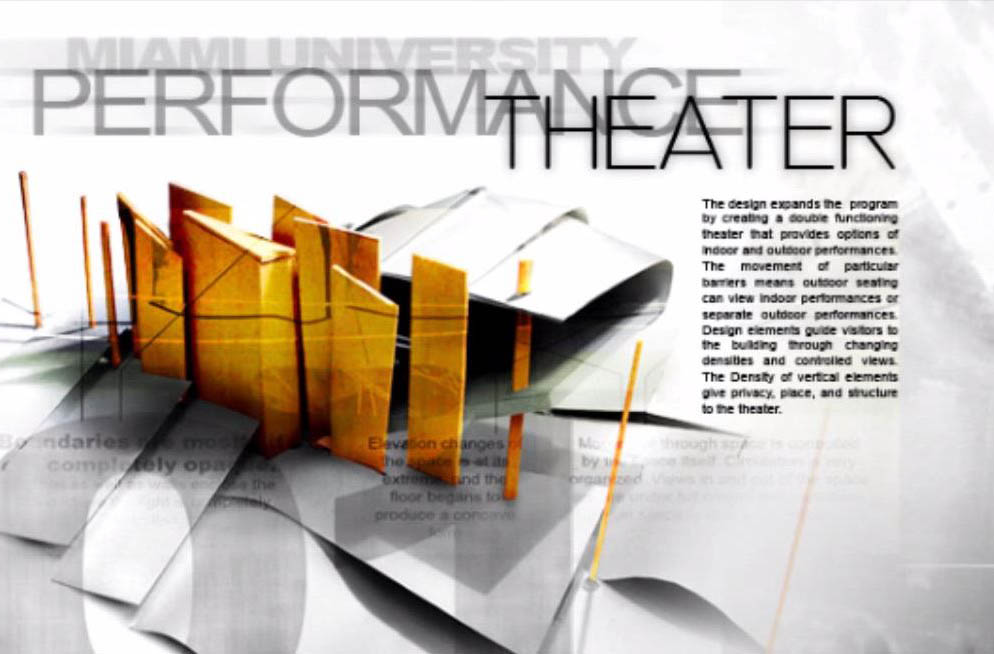I take text pretty seriously. I think of it as an opportunity to enhance a portfolio page. The odd thing is that I really only use a few different fonts with arial being used about 75% of the time. However with that one font, it seems that text can be manipulated into an infinite amount of styles by adjusting letter spacing, stretching, and switching between narrow, regular, bold, and black line weights. Bringing into the equation opacity, filters, and mask, text turns into a design project itself.
Some other things to keep in mind is alignments and spacing. I try to always have some sort of relationship between the text and the other objects on the page. I often place text on a datum line or edge and take advantage of its linearity. If I do leave it floating on the page, I make sure to give it consistent spacing on all sides.
If your not a fan fonts already loading on your computer, there are some great sites to get just about any type of font you could want. The one I check out from time to time is dafont.com.




"I take text pretty seriously…..with arial being used about 75% of the time."
I think what he is really trying to say is:
"I take writing text pretty seriously, but have a complete disregard of typography."
I don't know if this is going to be in one of your tutorials or not, but I was wondering how you split the pages when you are done. You said that you set it up as one page and then when you print it it is two, I just didn't know how you did that.
Atelier,
What I meant by "I take text pretty seriously," is that I don't just shrink the size and throw in in the corner somewhere in attempts of not drawing attention to it. I use it as a design element to create a more compelling page. I don't feel that using arial font is a "complete disregard of typography," I just really appreciate the proportions of the text as well as the negative space between the characters. I don't feel a need to use 20 different fonts in one portfolio booklet.
Chris,
I just cropped the large page down to one side, "saved as" a PDF or what ever format you prefer, then cropped the image down to the second page, then "save as" again. One thing I would do is double check the image size to be sure the dimensions are exactly correct. You could also crop by changing the canvas size which would probably prove to be a more precise way of saving the individual pages.
Hi,
FIrst off great site, but why wouldn't you use InDesign for this kind of layout/type work?
Even Illustrator would be a lot better.
Hey Alex, I have a quick question. During your illustration you added text using PS however you recommend using InDesign. I do understand why you’d prefer InDesign nonetheless, how do I go about doing the effects i.e. motion blur, etc. you did via PS in InDesign?
Hello! I simply wish to give an enormous thumbs up for the nice information you will have right here on this post.
I might be coming again to your blog for more soon.
I am no doubt going to be here and this extraordinary article.
I have found here piles of beguiling data for my understanding I require.
every single one purpose for the interest you oblige us,
it was especially basic and fulfilling, a dedication of gratefulness is all around to share this stunning post.